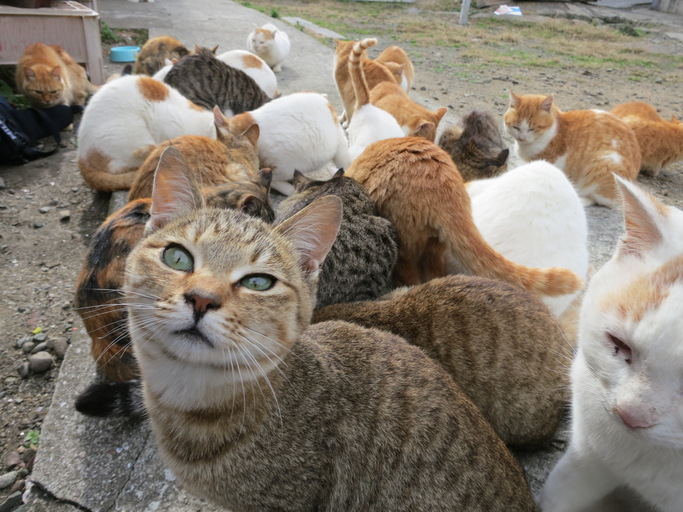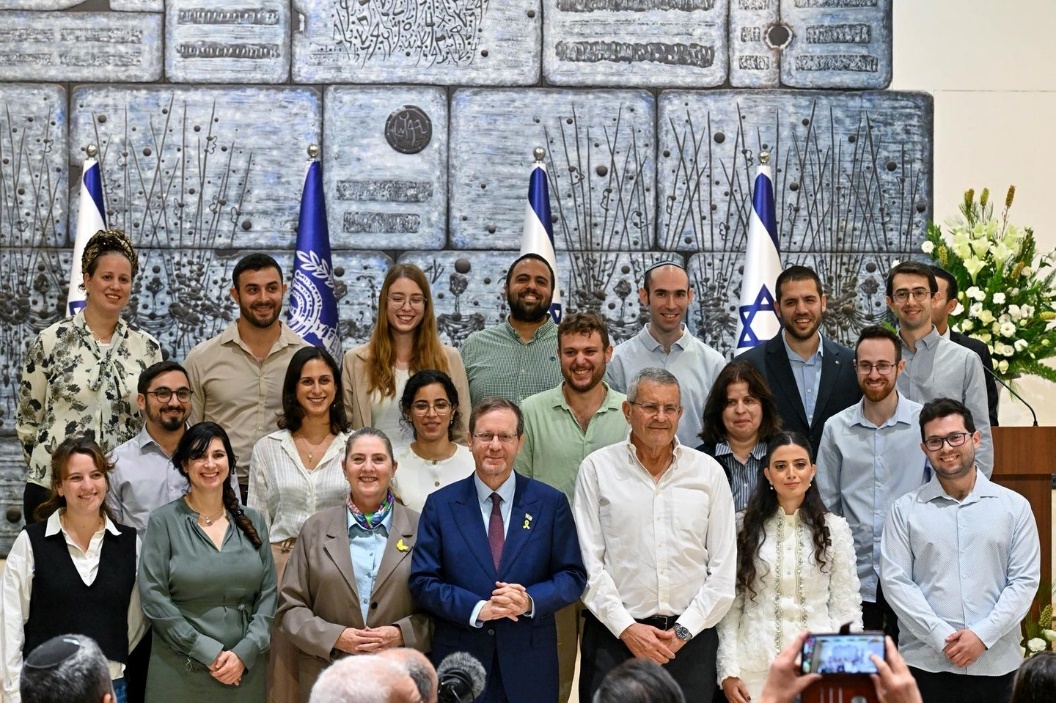
May 7, 2025 – While many Israelis routinely feed stray cats, a large majority also support reducing their numbers—posing challenges for policymakers working to manage urban animal populations in humane and effective ways. Public attitudes toward stray cats in Israel closely mirror trends observed in the United States and parts of Europe, where compassion for free-roaming cats coexists with concern about their growing numbers. A new study published in Preventative Veterinary Medicine by the Hebrew University of Jerusalem Koret School of Veterinary Medicine reveals the complex and often contradictory public attitudes toward Israel’s feral cat population estimated to be between 1-7 million.
The researchers, Dr. Idit Gunther, Prof. Eyal Klement, and Doron Levin, surveyed 700 people at major public transportation hubs across Israel. They found that nearly one-third (32%) of respondents fed stray cats during the previous month, with over 11% doing so daily. Still, 77% of all participants—including many who feed cats agreed that the population should be reduced, though daily feeders showed less support for this idea. Despite widespread concern about overpopulation, 90% of participants opposed euthanasia as a control strategy. Support for Trap-Neuter-Return (TNR) was common but not overwhelming, and religious respondents were significantly more hesitant, possibly due to cultural or religious norms.”
“People want humane solutions,” said Prof. Klement. “But those solutions need to be accompanied by greater public awareness of how feeding behaviors affect population dynamics.”
“People feed stray cats out of compassion,” Dr. Gunther. “But they don’t always understand or take responsibility for the consequences. Abundant food, together with the cat’s rapid reproductive capabilities, leads to dense and crowded populations. These conditions increase competition, disease transmission, and mortality—raising not only animal welfare concerns, but also risks to public health and urban ecology.
The study also highlights the potential role of frequent feeders in helping manage the issue. Many feeders care for multiple cats, often in close proximity to their homes, and those who feed more cats were also more likely to provide medical care. Their commitment, the researchers suggest, could be channeled into formal efforts to monitor and stabilize cat populations.
The researchers recommend that municipalities complement sterilization campaigns with targeted public education, particularly around the link between food availability and population growth. Without addressing this key driver, they warn, efforts to control stray cat numbers may not be sustainable in the long term.
The study emphasizes that the issue extends beyond veterinary or ecological concerns—it’s deeply rooted in social behavior. Addressing free-roaming cat overpopulation will require aligning public attitudes and everyday practices with ecological realities. Without a broader understanding of how actions like feeding impact the overall population, even well-intentioned efforts may fall short.
The research paper titled “Navigating the controversy: Public perspectives on free-roaming cat populations and control strategies in Israel” is now available in Preventive Veterinary Medicine and can be accessed here.
Researchers: Idit Gunther, Doron Levin , Eyal Klement
Institution: Koret School of Veterinary Medicine, Hebrew University of Jerusalem, Israel
Funding: This study was supported by the Ministry of Agriculture and Food Security, Israel (Grant no. 12–11–0009).





